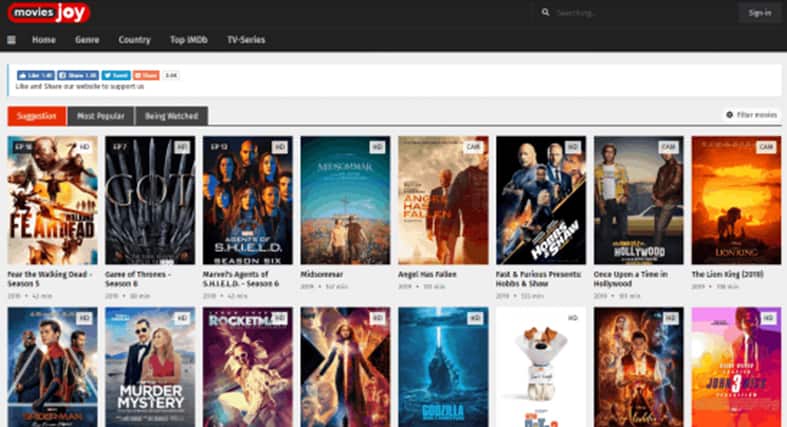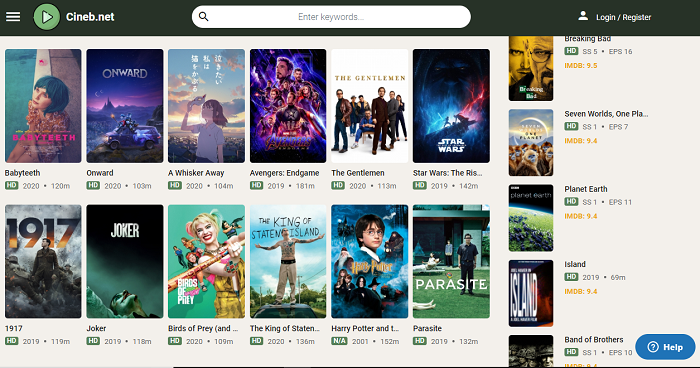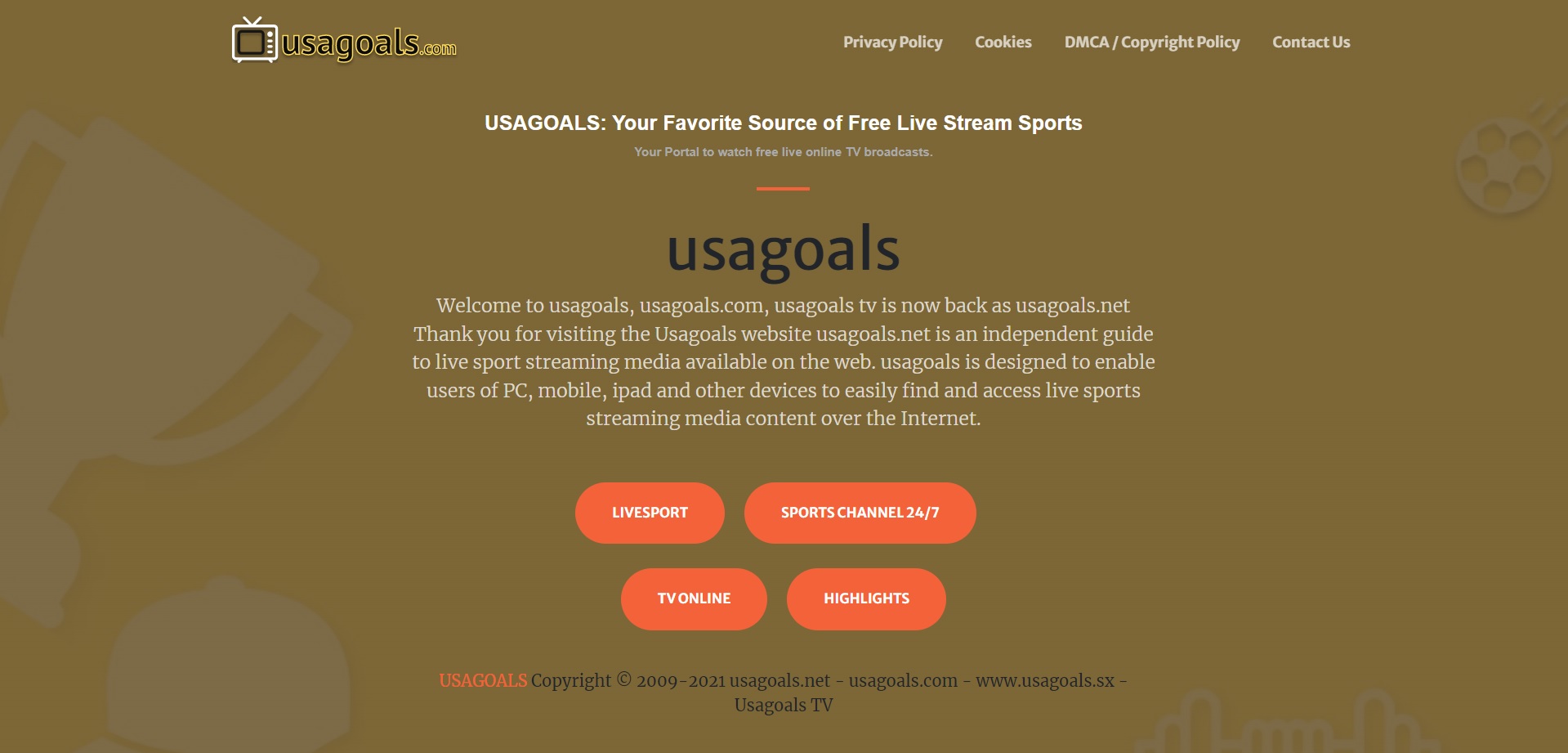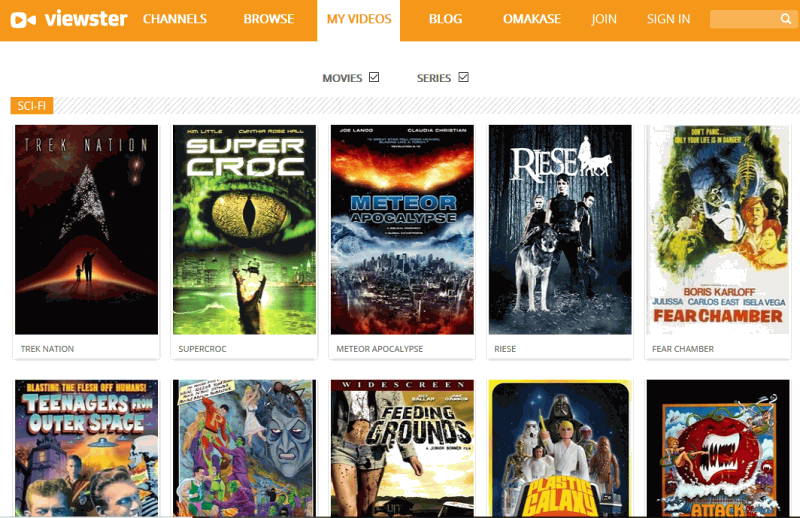Google AdWords was renamed Google Ads on the 24th of July 2018. The updated Google Ads name encompasses all of the current advertising categories, notably Search, Display, and Video.
Although it’s beneficial to understand how to put them up, managing and maintaining their functionality is a very separate matter.
In this article, we’ll examine the course of action you should follow after setting up the advertisement. You should do these tasks continuously regardless of whether your Google ad is performing well or not.
How Do You Manage a Google Ad Campaign?
Effective Google Ads agency requires a lot of effort on the backend in analyzing the effectiveness of their advertising, researching various keywords, changing up the layout and wording, and comparing all of it against key indicators to check how it performs. Here are the measures you need to take to create a campaign that, if done correctly, can have effects that last for months.
Check The Performance Of Your Google Ads
- Impressions: Every time the ad is shown and viewed by somebody on Google, an impression is created. The most effective way to grow impressions is to boost campaign spending. You may rank better on Google as a result, increasing your visibility.
- Clicks: The main source of income for a Google AdWords expert is getting clicks. Whenever someone views your advertisement and clicks on it, you have received a click. Though getting a high number of clicks is ideal, if your ad isn’t generating any, you might need to reconsider your wording or targeted advertising.
- Cost Per Click: This is the amount of money you spend on each click. Calculating the amount of money necessary to invest to receive a click or conversion is how skilled digital marketers ramp up their adverts. It’s basic math to figure out that investing $3 in Google advertisements generates $8 in revenue for each click.
- Click-Through Rate: The most accurate approach for Google to assess the relevance of your ad is through its CTR. It also enables you to ascertain whether the target audience for the advertisement is responding to it. A rising click-through rate indicates that many visitors are now seeing the advertisement, clicking on it, and making purchases. That is a successful advertisement.
Analyze The Targeting Of Your Ads
Personalization is a critical element in all aspects of online marketing. If your business doesn’t already have a well-developed buyer persona created, you should begin there to comprehend the buying intent of your customers.
What desires would your ideal client have? How do they look? Where is their locality? How much income do they earn? What do they find interesting? Why are they upset? Consider all of these factors when choosing your ad target since you have to understand their mindset if you want people to tap on the advert and buy something.
Make Your Landing Pages Better
Keep in mind that managing a Google Ads campaign involves a lot of work that is done away from the SERPs. It takes place on the landing pages of the website. There may be a problem within the landing page if an ad receives a lot of clicks but doesn’t result in any conversions. You should address this right now.
To optimize a landing page, you must examine the entire product, the title, the page’s layout, the CTA, and the positioning of icons and messaging. A/B testing is the most effective method of finding the issue.
Add Negative Keywords
Negative keywords are those for which you don’t want your ad to appear. There are several explanations why anyone could do this, but mostly it’s because you’re essentially handing over a lot of decision-making power to Google. For things like business names, competition, or other phrases that won’t result in a conversion, you may wish to employ negative keywords in that situation.








Add Comment